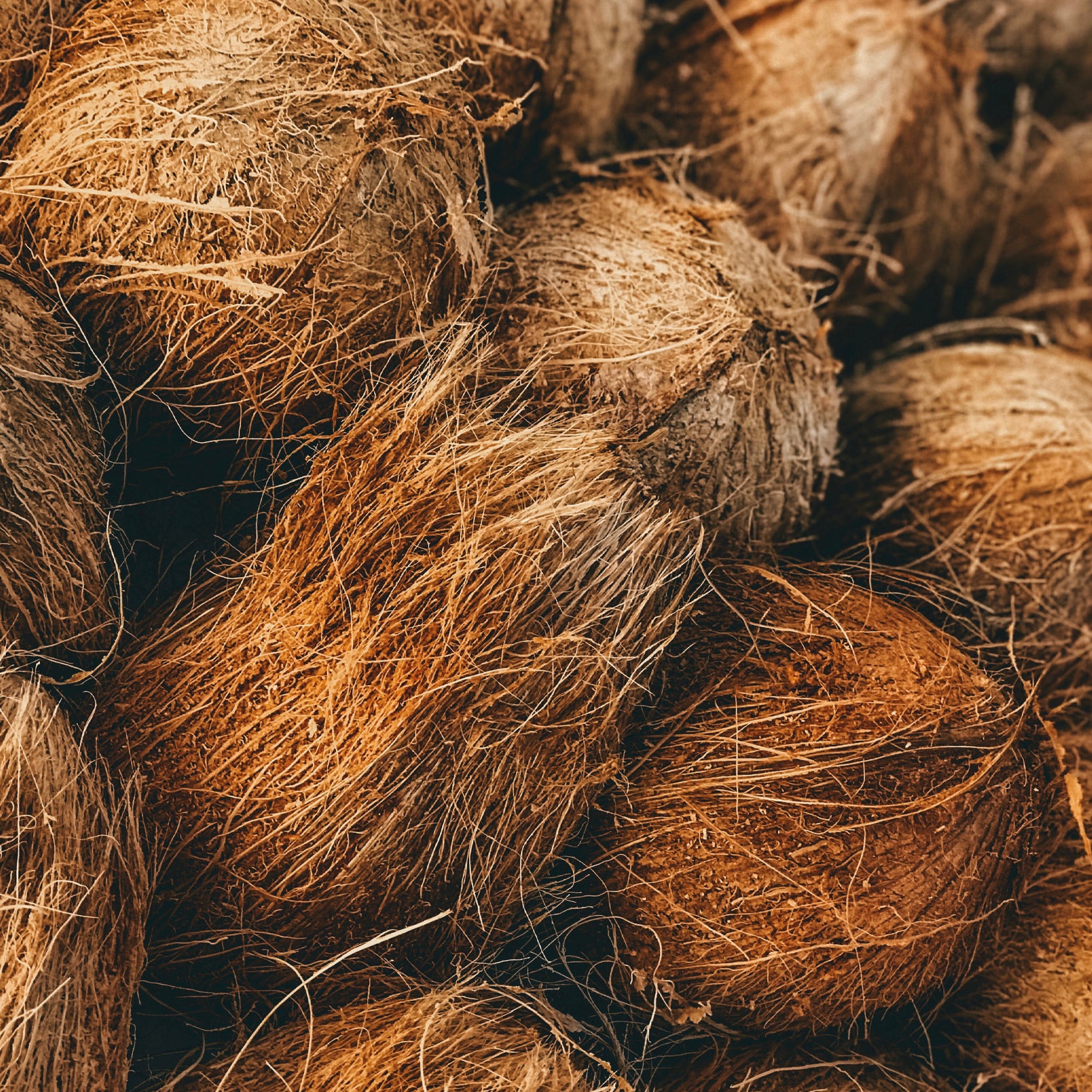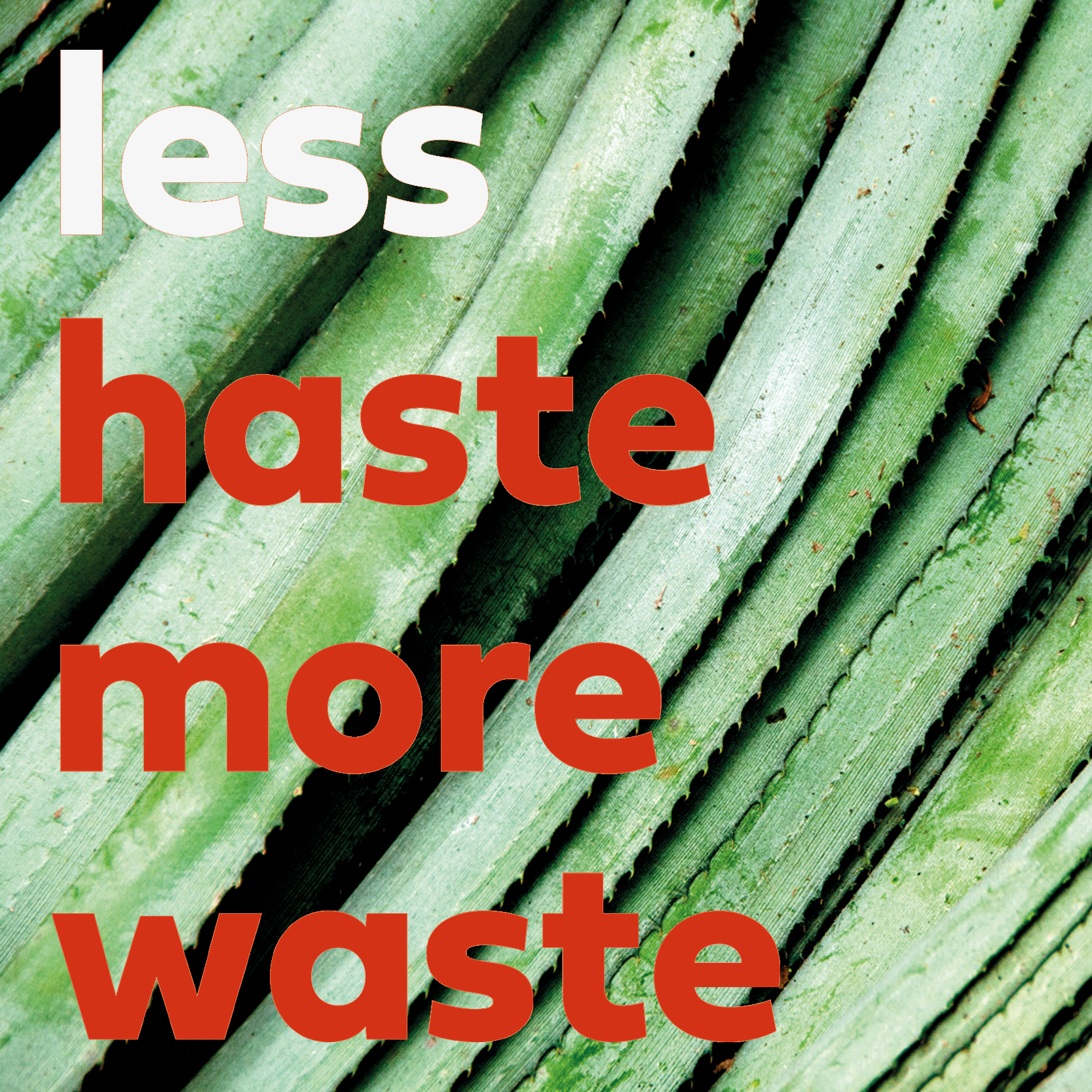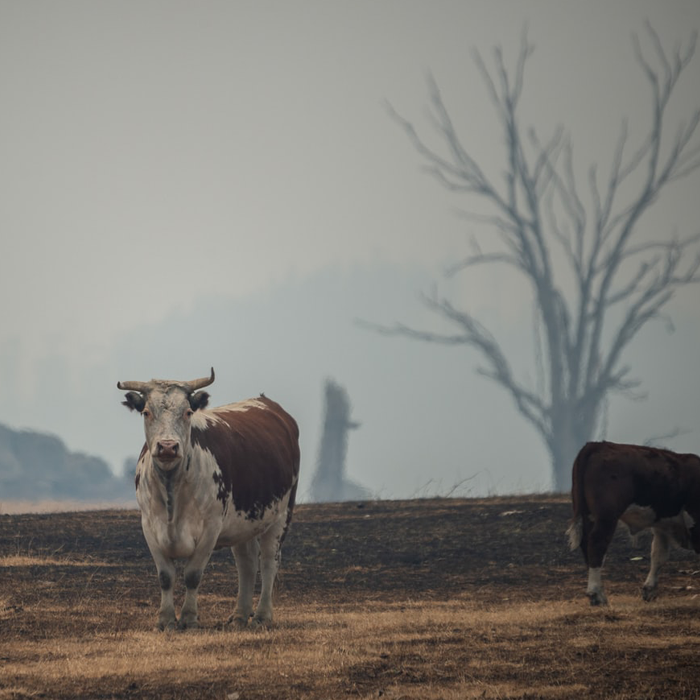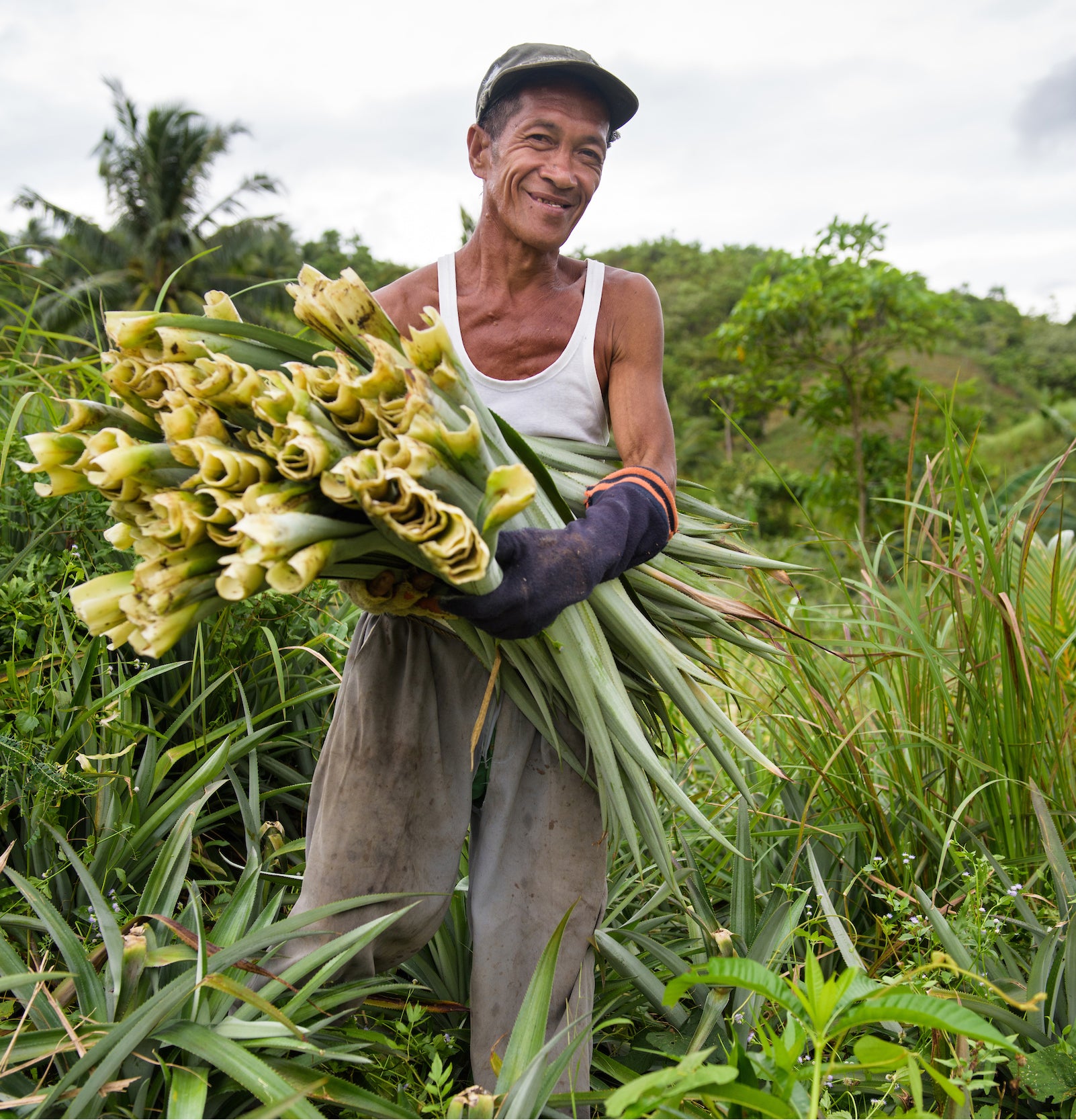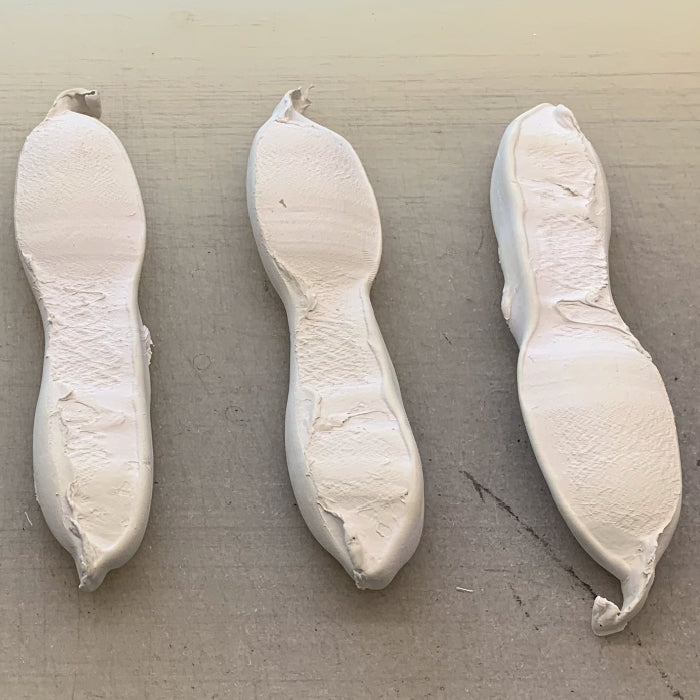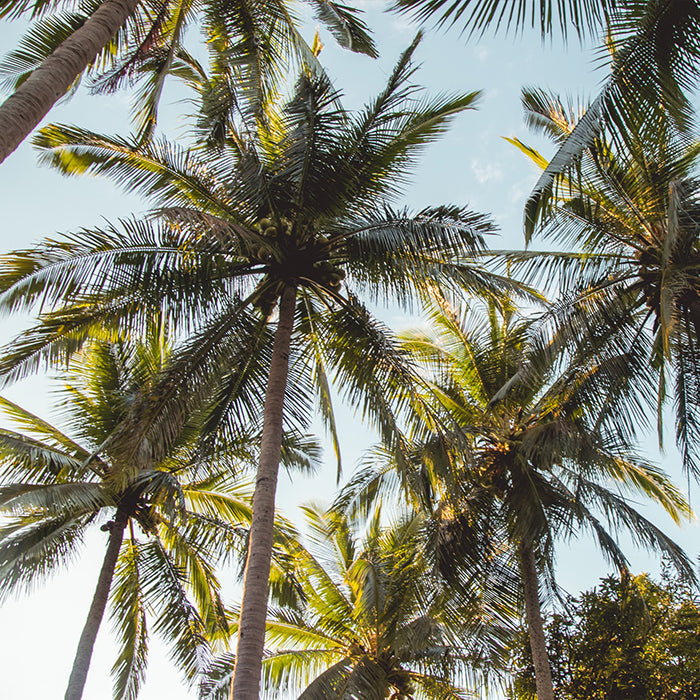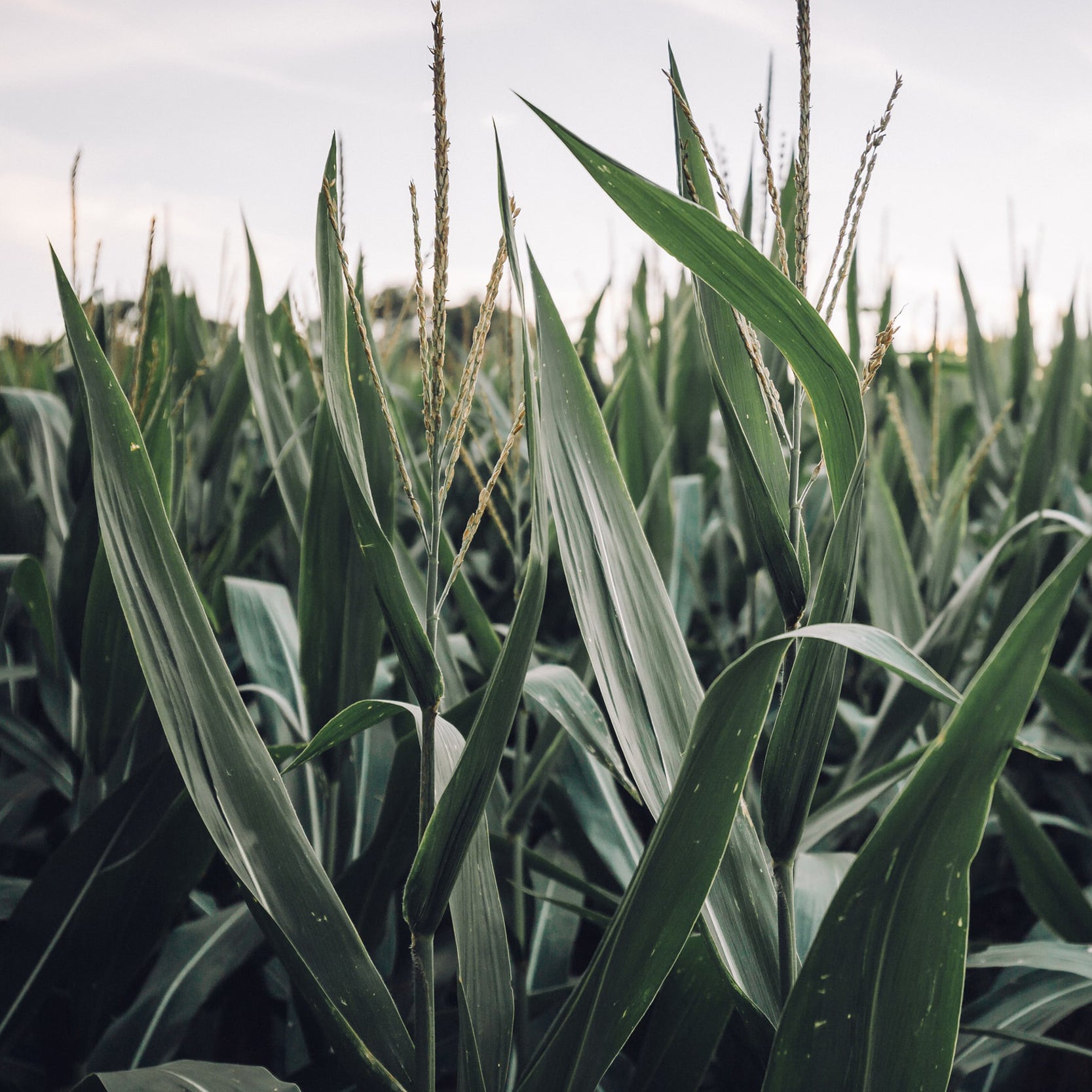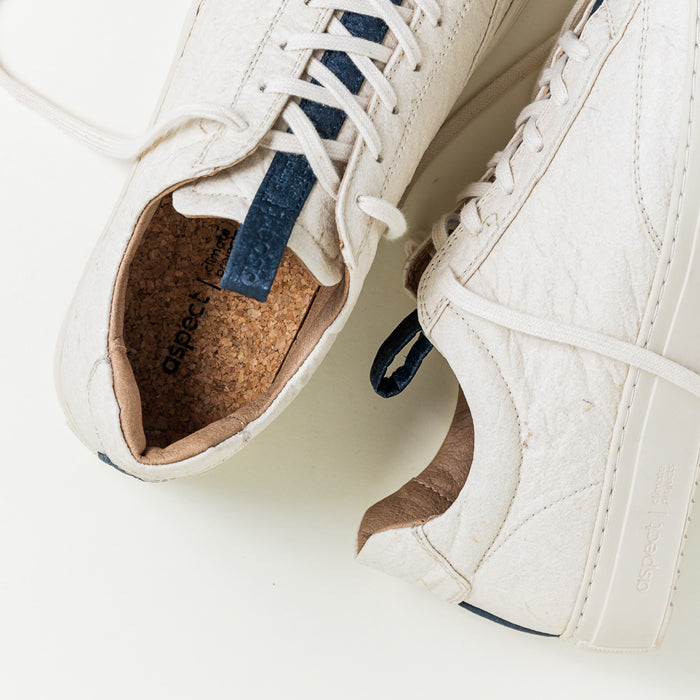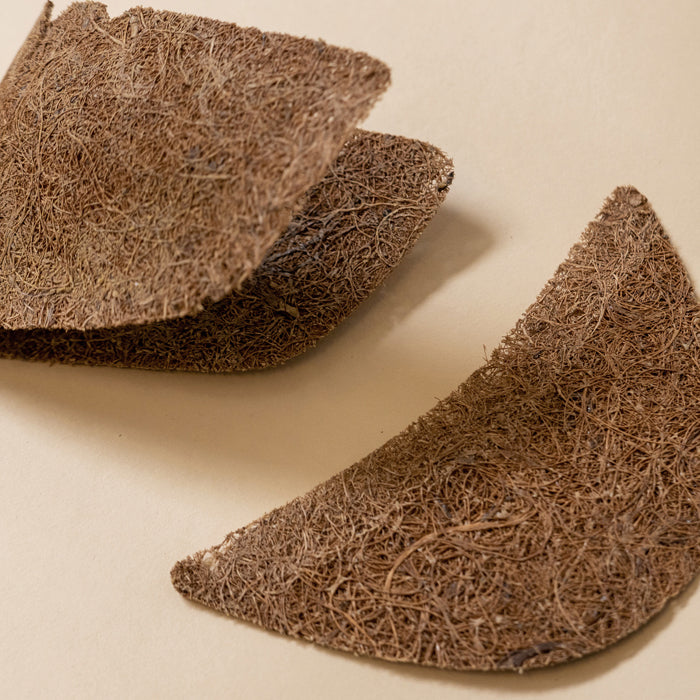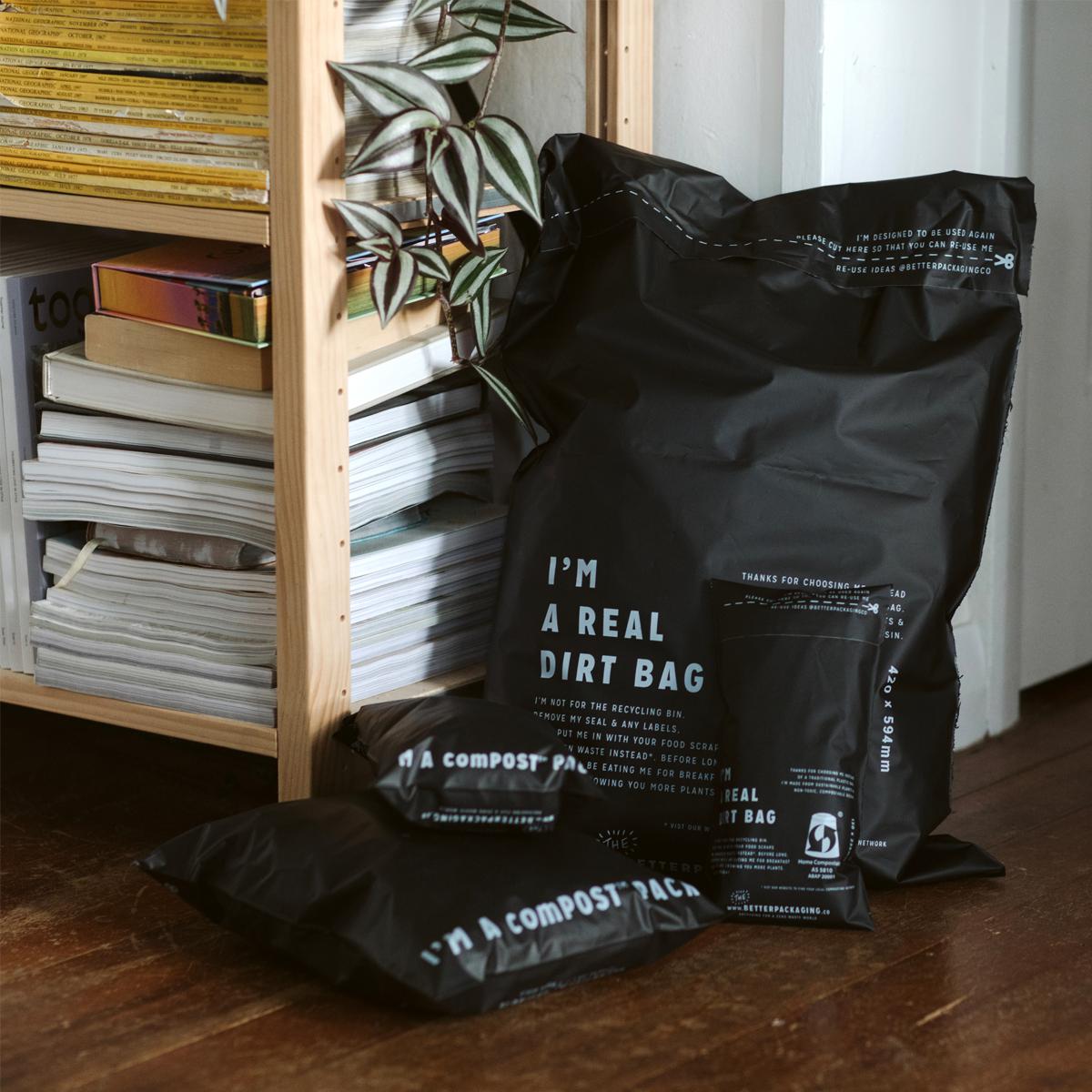working with nature
plants, particularly trees, are the lungs of the Earth and pull huge amounts of carbon from the atmosphere
By using plant-based materials and working with, rather than against, nature, we not only have a cleaner supply chain, but we also add value to an economy that naturally benefits the climate.


